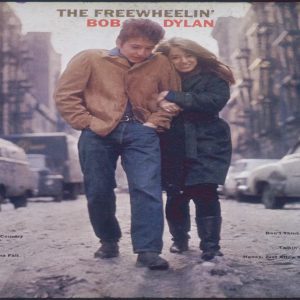Linda Ronstadt's Simple Dreams (1977) stands as a landmark album due to its artistic integrity, genre-blurring execution, and commercial dominance.
Vocal Mastery and Range
Ronstadt demonstrated unprecedented versatility, moving seamlessly between rock, country, folk, and operetta. Her technical precision on demanding tracks like "Blue Bayou" and raw power in "Poor Poor Pitiful Me" redefined vocal possibility in popular music.
Genre-Defying Curation
- Eclectic Covers: Track selection included Warren Zevon's cynical rock ("Poor Poor Pitiful Me"), Buddy Holly's rockabilly ("It's So Easy"), and traditional Mexican ballads ("Lo Siento Mi Vida"), creating a unified yet diverse listening experience.
- Cohesive Production: Producer Peter Asher fused country pedal steel, orchestral strings, and driving rock rhythms without sonic dissonance.
Cultural Timing and Impact
The album captured late-70s America's desire for sophisticated authenticity. It dethroned Fleetwood Mac's Rumours from Billboard's #1 spot and remained chart-topping for five weeks, proving that ambitious artistry could achieve mainstream success.

Musicianship and Arrangement
Ronstadt collaborated with elite session players, including guitarist Waddy Wachtel and drummer Russ Kunkel. Complex arrangements like the multi-layered harmonies in "Blue Bayou" elevated pop craftsmanship, influencing producers for decades.
Ultimately, Simple Dreams succeeded by balancing artistic exploration with meticulous execution, making complex musicality feel effortlessly accessible – a testament to Ronstadt's enduring influence.












